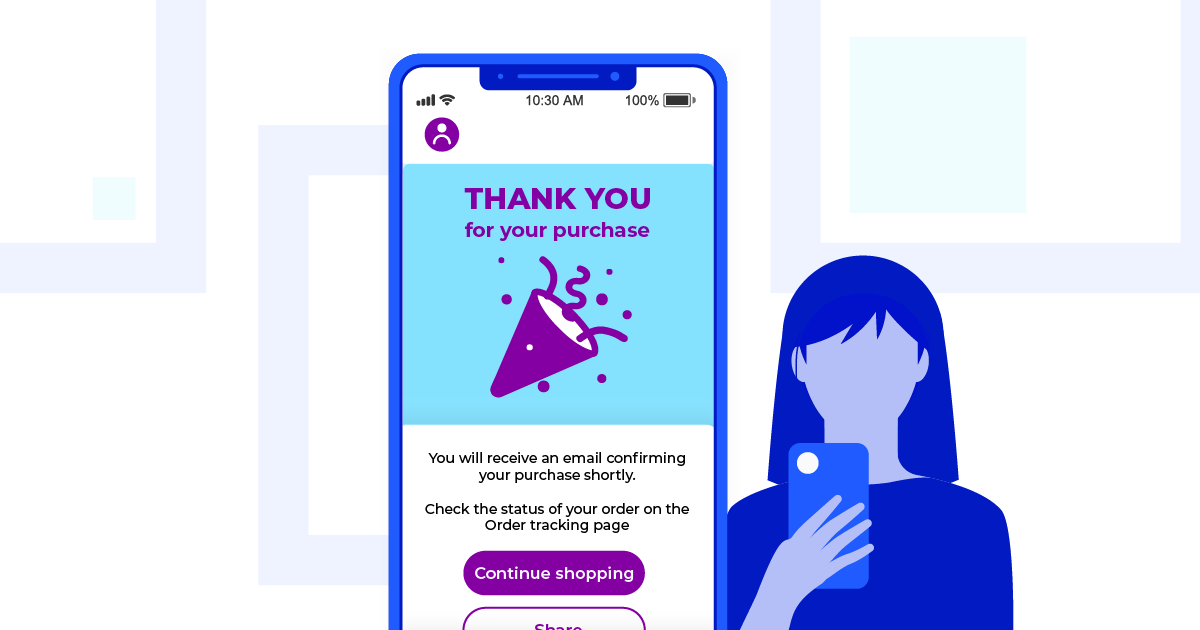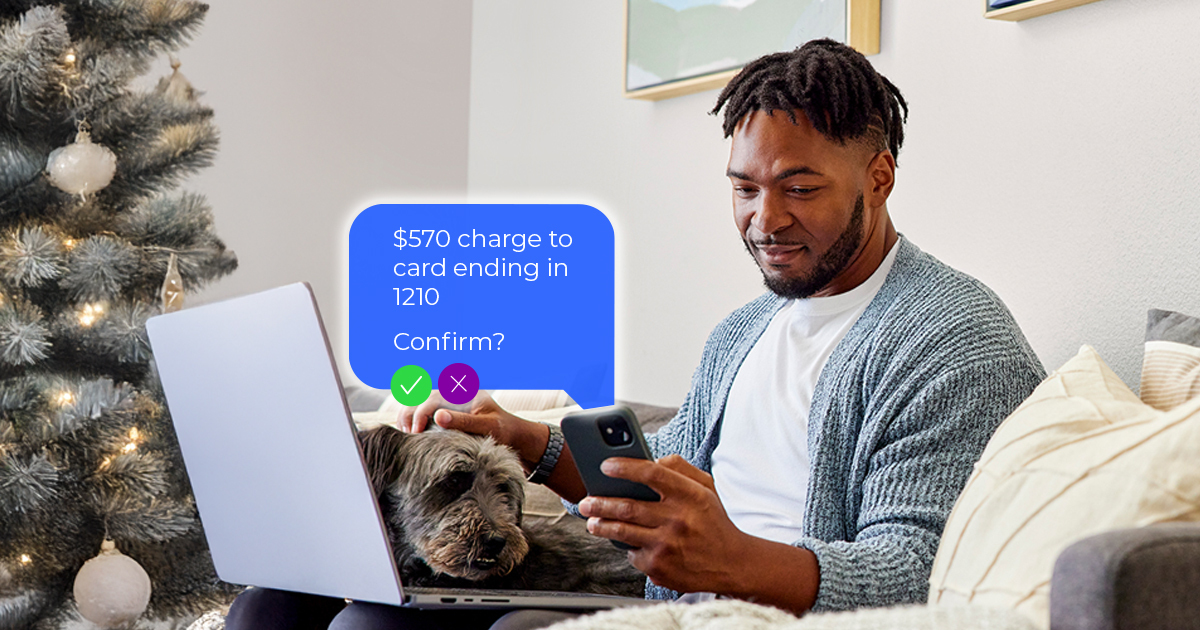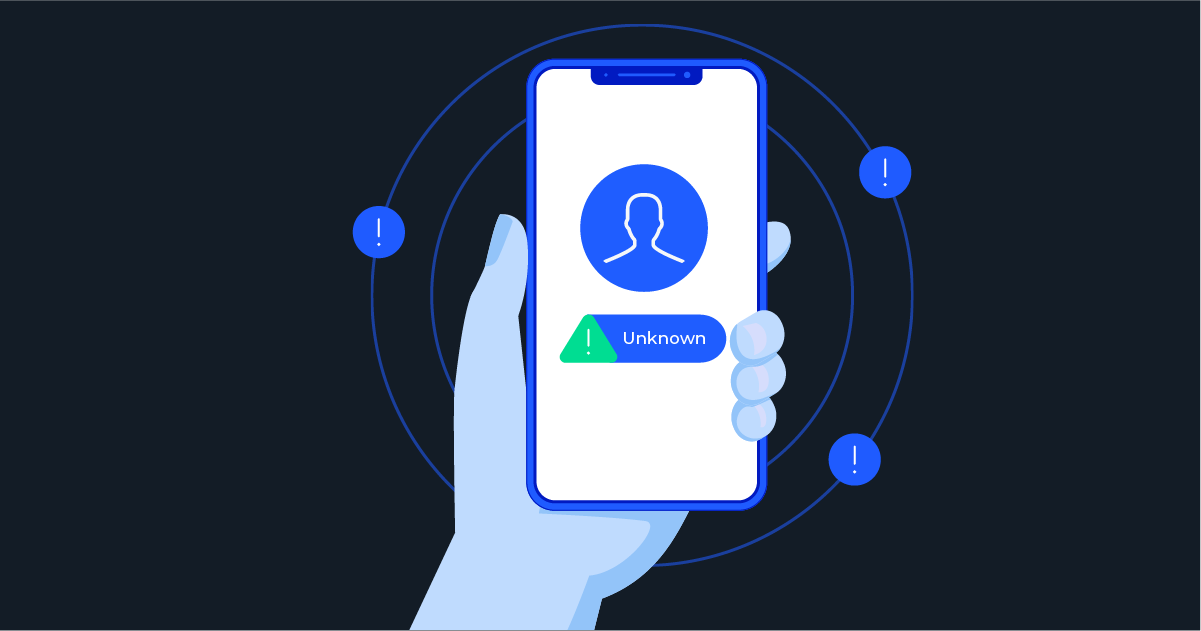
Smartphones have changed how we interact with the world, from making purchases to talking with friends. It’s fair to say that smartphones are an extension of ourselves.
These mobile mini-computers allow us to access all sorts of information, and allow us to make purchases on the fly.
So with everyone clicking ‘purchase’ on their smartphone, it’s important that we ask ourselves: how safe are these transactions?
Table of Contents
Current trends
- Mobile-specific apps are streamlining shopping. Many companies now offer a branded downloadable app solely for consumers making purchases from their store/website.
- Companies are balancing website optimization for both desktop and mobile. The way users interact with and purchase from companies online has changed, and more businesses are ensuring accessibility is high for both traditional and mobile users.
- Mobile payment options are growing and necessary. It’s unlikely that someone making a mobile purchase will want to input a credit card number for their payment. There are a growing number of mobile payment options that are tailored for mobile and make the process very accessible.
- Mobile searches are growing. Search engines no longer favor content optimized for desktop. Chances are if a high-ranking page doesn’t work well for mobile users, it will lose its ranking fast.
- Voice search is growing and becoming more accurate. It’s typically easier to speak a search into a phone than to type it. As such, the dynamics of search and advertising have changed.
What is an omnichannel experience?
An omnichannel experience is the way a consumer can move through a purchasing process on different platforms, at different times, and at different locations.

Here’s an example: You’re at a store testing out a few different types of lawnmowers. You find the one you want to purchase, but decide to buy it online and have it delivered. You use your smartphone to access the store’s website or app, click purchase, and leave the store.
By being available through numerous channels, such as social media, email, phone, and more, a company gives their users a higher chance of connecting and purchasing from them at their convenience.
This is also true for a digital purchase. If a user is browsing on their desktop and is on the fence about making a purchase, they may decide to think about it for a while. While out and about, something might remind them that the product or service was a good idea, and they continue the purchase on their smartphone.
In this way, the smartphone gives customers a more seamless interaction with companies.
Bridging the gap between influencer and advertiser
The digital boom has brought new avenues for companies to advertise their products and services. Influencers were initially sought to promote a company’s product to their fans.
This dynamic is still in place, but now there’s a new element. Instead of sending interested users to the company’s website, the user can directly purchase on the influencer’s platform using their mobile device.
How do companies protect their users on a mobile app?
There are three main ways to keep your consumers safe when they use your mobile app.
1. Keep fake users out
Reputation scoring during the phone number verification process helps fight fraud and reduce the potential for fake account creation. A complete analysis of a phone number allows you to make an accurate risk assessment, stopping bot/spam accounts.
2. MFA
Instead of a standalone password-entry as the only barrier to mobile app account access, many companies require two-factor authentication. The additional security that this provides reduces fraud and gives your consumers confidence that your app can be trusted. A verification code can be sent via SMS directly to a mobile device before the user can access your app.
3. Digital identity verification
By asking a user to enter his or her phone number during registration, you can verify that they are actually the person they claim to be. This simplifies future transactions with this user, as their number acts as a trust anchor for the rest of the time they spend using your website or app.
Smartphones are becoming an extremely common way for consumers to complete transactions. Telesign is committed to maintaining the reputation and digital ecosystem of your customers. If you want to learn more about how to secure mobile transactions, talk to us today.



